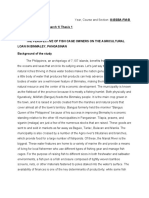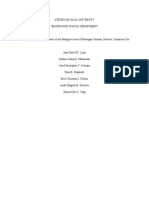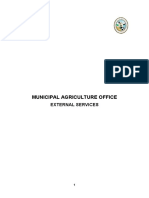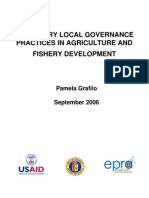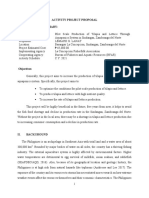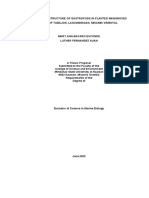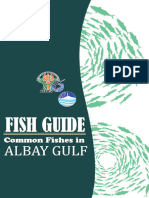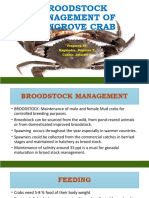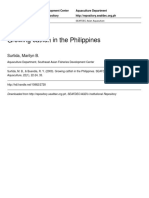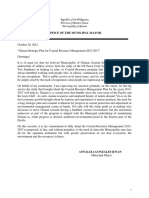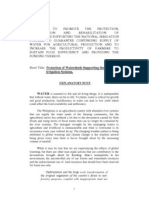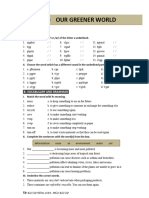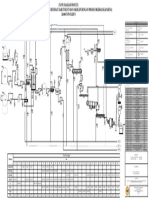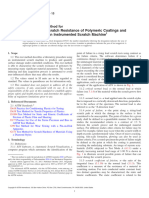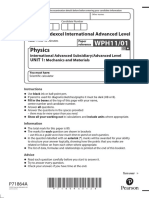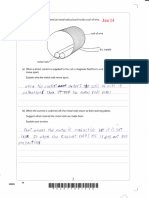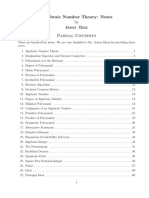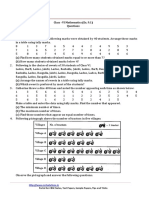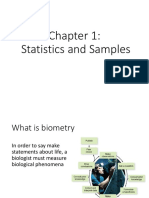100% found this document useful (1 vote)
336 views26 pagesAquasilviculture Project: A Techno-Demo For Sustainable Fisheries in Central Luzon
1) The document summarizes an aquasilviculture project in Central Luzon that aims to alleviate poverty and achieve food security through sustainable fisheries. It involves growing fish and aquatic species in mangrove areas without cutting down trees.
2) Key details include the objectives, strategy, best practices from previous sites, economics including costs and returns, inputs, limitations, and recommendations to strengthen partnerships and continue mangrove planting and rehabilitation.
3) The aquasilviculture project shows potential to mitigate climate change, prevent coastal erosion, improve livelihoods, and conserve mangroves if monitoring is improved and stakeholders like fisherfolk and LGUs are engaged.
Uploaded by
Anne DoradoCopyright
© © All Rights Reserved
We take content rights seriously. If you suspect this is your content, claim it here.
Available Formats
Download as PDF, TXT or read online on Scribd
100% found this document useful (1 vote)
336 views26 pagesAquasilviculture Project: A Techno-Demo For Sustainable Fisheries in Central Luzon
1) The document summarizes an aquasilviculture project in Central Luzon that aims to alleviate poverty and achieve food security through sustainable fisheries. It involves growing fish and aquatic species in mangrove areas without cutting down trees.
2) Key details include the objectives, strategy, best practices from previous sites, economics including costs and returns, inputs, limitations, and recommendations to strengthen partnerships and continue mangrove planting and rehabilitation.
3) The aquasilviculture project shows potential to mitigate climate change, prevent coastal erosion, improve livelihoods, and conserve mangroves if monitoring is improved and stakeholders like fisherfolk and LGUs are engaged.
Uploaded by
Anne DoradoCopyright
© © All Rights Reserved
We take content rights seriously. If you suspect this is your content, claim it here.
Available Formats
Download as PDF, TXT or read online on Scribd
/ 26




